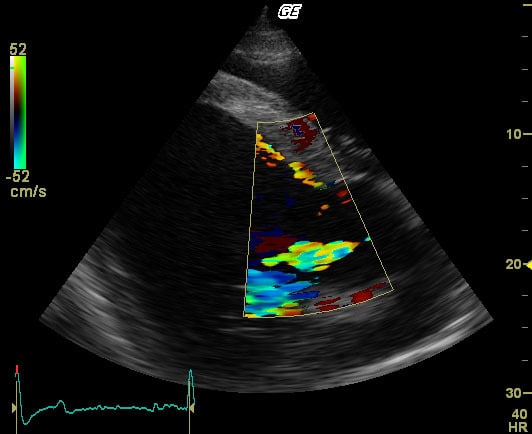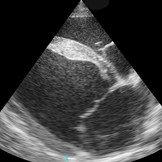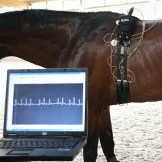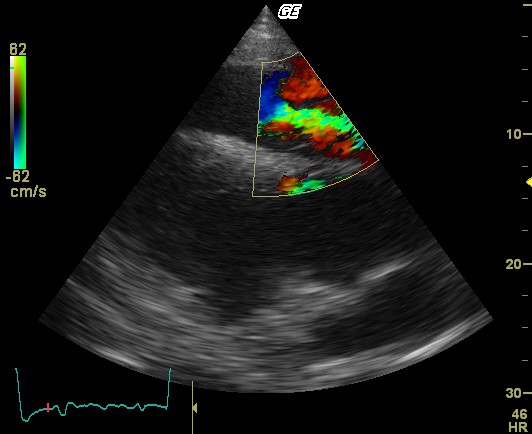Compared to human beings and small animals clinical problems in equine cardiology are relatively rare. Cardiac murmurs – due to valvular diseases – and arrhytmias are the main pathologies in the horse.
During auscultation a murmur will be diagnosed when a series of auditory vibrations occur during a normally silent period of the cardiac cycle. These murmurs can be present in case of a valvular disease but are also present in a large number of clinically normal horses. Most of the small valvular failures can be compensated by the horse without any influence on performance. In case of a significant failure over a longer period of time the cardiac system can struggle to compensate. In these cases the disease can end up in a life threatening situation.
In case of a murmur during auscultation special diagnostic techniques, as echocardiography and/or electrocardiography, are indicated. These tools help the clinician to diagnose cardiac disease accurately, to assess its severity and to give a prognosis for the horse`s ability to perform.
During a thorough echocardiographic examination standard image planes are obtained to measure cardiac dimensions as well as the motion of the ventricular wall and the valves. With the help of color flow Doppler echocardiography the intracardiac blood flow can be demonstrated and its velocity measured. Depending on the direction of the blood flow towards or away from the transducer different colors will appear on the monitor.
- cardiology
- right parasternal long axis view
- ECG – healthy horse
- ECG examination
- aortic insufficiency
Electrocardiography in the standing horse and under strenuous exercise is the technique of choice for definitely identifying cardiac arrhythmias.
Contact electrodes are positioned on the horse`s body and held in place with a blanket surcingle. The electrodes are connected with a monitor placed near the withers so that a continuous ECG over a longer period of time in rest and in motion can be obtained.
Surgical treatment of valvular diseases in horses is not possible. Medical treatment to support cardiac function is the treatment of choice. In case of atrial fibrillation with little or no underlying cardiac disease conversion to sinus rhythm via quinidine infusion is often successful.









